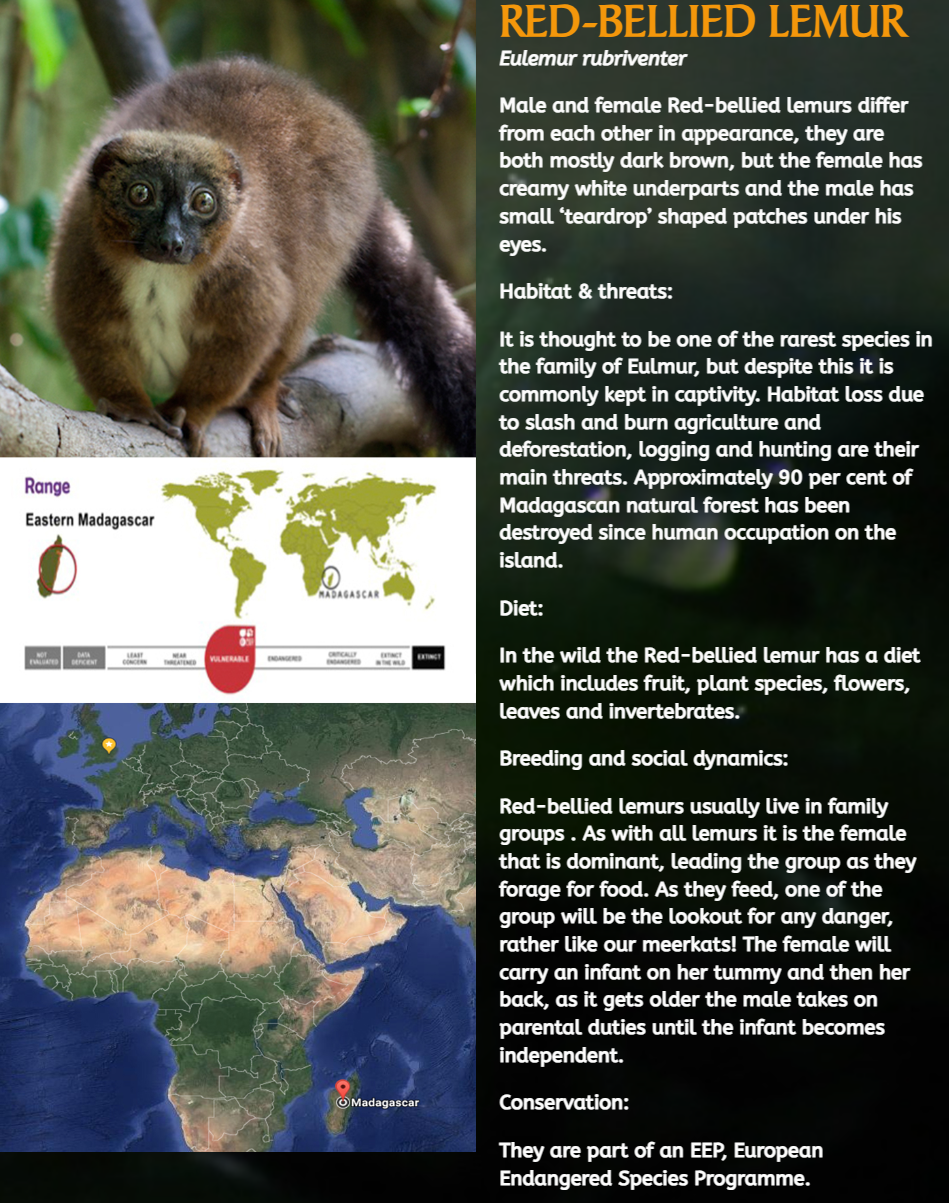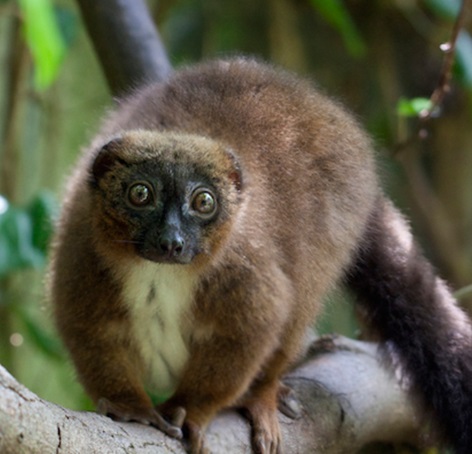
**This post contains images of surgery**
Here at Greenbay, although our usual patients are cats and dogs, we do also have the privilege of treating some more exotic species thanks to our work with Dr. Ian Sayers.
Ian and Greenbay provide the veterinary services for Shaldon Wildlife Trust, and recently we were asked to take a look at one of their gorgeous Red Bellied Lemurs as the keepers were worried she had injured her hand.
The lemur was transported to us in a special crate, through which we can administer anaesthetic gas to ensure any handling is as stress free as possible for the animal (and to keep our fingers safe!).
Once anaesthetised x-rays were taken of the lemur’s hand, which confirmed she had broken three of the fingers in her left hand – ouch!
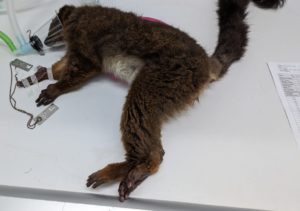
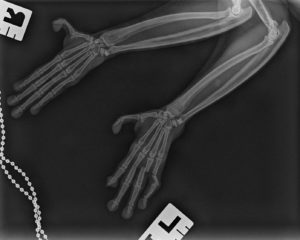
Shaldon wanted to do all they could for the lemur, and this is where the combined skills of the team come in. Vet John is an experienced orthopaedic surgeon, and knew the best chance of a successful outcome was applying tiny plates to the fractured bones. Ian prepared the lemur for surgery by placing a breathing tube and attaching full monitoring equipment, before assisting with the surgery. RVN Lynzi monitored the patient throughout the procedure.
This was truly microsurgery, as the photos demonstrate! John and Ian used special loupes to help them magnify the surgical site, and a device called a harmonic scalpel which seals blood vessels as it cuts.
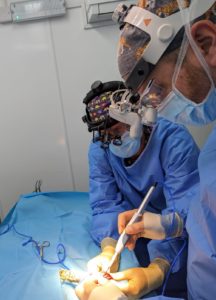
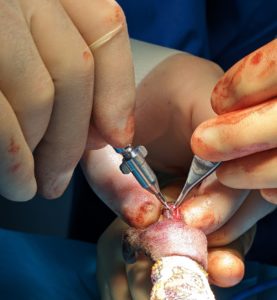
Post-op x-rays showed good alignment of the fractured bone pieces and the lemur was woken up. Pain relief was provided during the procedure and for her to continue taking back at the zoo.
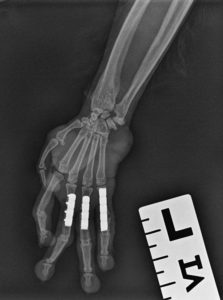
One of the biggest risks with primate surgery is the patient interfering with the wound afterwards. Unlike dogs or cats we cannot apply an Elizabethan cone or a pet shirt. Glue is applied to the hair in multiple places to encourage the patient to fiddle with that, rather than the wound itself.
Fortunately this lemur was sensible and her wounds healed well. She has been seen to hold food using the hand, and has been doing exercises with the hand with some amazing clicker training work from her keepers.
You can read more about Red Bellied Lemurs below with this information from Shaldon Wildlife Trust’s website:
